Basics
Home and SearchSite Guide
Brentford Basics
Privacy Policy
Contact
People
FamiliesPhotos of people
Name indexes incl WW1
Memories
Lists, Documents, News
Occupations
Properties
Properties: High StreetProperties: non-High Street
Photos
Maps
1909/10 Valuation Index
Pub Hub
Can You Help?
Seeking...Mystery photos
Roads Off
A-Z listJanet's Research
HistoryBeach's Jam
Nowell Parr
Turner the Artist
Queen Victoria 1840
Brentford Market
80 High Street
Clitherow of Boston House
Four Croxford Brothers
Sources & More
They SaidBooks etc.
Web Links
Next
Site Technology
Author
Home and Search
Not Brentford
Brentford Local and Family History Day - Saturday 15 June 2013
In 2013 Brentford Local History Day returned to a venue used in previous years, Brentford Library, a light and airy room which soon filled with visitors. Talks on the Great West Road (GWR) were given, with some GWR artefacts on display, and stalls covered broader themes.
Thanks to Diane Newman and Janet McNamara for their photos capturing the day, a selection appear below.
The room was packed with around 40 people for the talks by James Marshall and Vanda Foster: 'Made on the Great West Road'. The key points noted from the talks follow, apologies to James and Vanda if my note taking went adrift... Some links to other parts of the website are included.
James Marshall:
- the laying of the electric tramways in 1901 exascerbated Brentford's congestion: it was the worst area for blocked traffic in the London Region
- Parliament passed an Act to purchase the land used to build the GWR just before the outbreak of WWI , August 1914
- Construction started in 1920 and King George V opened the new road in 1925 - the royal convoy was surrounded by people (see links at the end)
- Ribbon development replaced the orchards and gardens, estates sprang up and industrial premises were built in the fashionable Art Deco style, often having American owners, for example
- Hudson Essex Motor Works had a factory near Chiswick roundabout
- Pyrene fire extinguisher company started in Delaware USA (postcard from the early 1930s)
- Trico Falbert made windscreen wipers (photos from 1970s)
- Sperry Gyroscope was a precision engineering offshoot of an American company
- Jantzen made fine knitted swimware
- Gillette pioneers of disposable razor blades, expanded into a larger factory which replaced former sites in Fulham at Gillette Corner, Isleworth in 1936; the factory closed in 2006 (1970s photos)
- The margins of the GWR offered greenfield sites for modern, efficient factories and land was cheap enough to allow future expansion
- The size of the London regional market attracted pharmaceutical companies such as Macleans with its novel squeezable toothpaste tubes; the company moved to the GWR in 1932 at the junction with Boston Road
- Lucozade was originally a Macleans brand; when Beechams took over Macleans in 1938 the profitability of Lucozade allowed research and development of a range of drugs in the 1950s
- GWR was also a location used by the food industry as it offered good transport links
- McFarlane Lang relocated from Fulham to a site at Osterley backing on to Brentford Dock: ingredients could be brought in by train
- Summing up James noted the most durable legacy of the GWR was the Art Deco architecture landmarks; the surprise demolition of the Firestone factory over a bank holiday at least led to the listing of a number of facades (although the property behind was often swept away); the site has some photos of the Firestone factory from the 1970s, thank to Peter Young
Vanda Foster talked about products made locally:
- Beach's Jam: the Beach family were major fruit growers and leased land in Brentford for growing strawberries, including a massive 4 oz (over 100gm) type; the family built Strawberry Villa on the proceeds and their jam was a superior whole-fruit product which won 17 medals by 1901; Janet McNamara's article includes more details
- William Gomm from Oxford founded a brewery in Catherine Wheel Yard in 1877, the market for ale in the area being boosted by the coach route to the west (there were breweries recorded in Brentford from the 17th century); William eventually owned 34 pubs until they were taken over by Fullers in 1938
- The York Mineral Water Company was based at the corner of Brook Road from the 1900s (photo of a York Mineral Water Company bottle)
- Gilbert & Son were gingerbeer manufacturers from 1851-1901 at 68 & 69 High Street
- The Band family came from a long line of leather workers and in Brentford produced parchment until the government market declined; their business was based in Plough Yard and they made the best quaility vellum; they were the last parchment and vellum works in Europe
- During WW1 heavy taxation on imports (for example 33% on tyres) led to USA companies building factories in the UK, including Trico Falbert (ex Buffalo, New York state) who transferred to Brentford in 1931 employing 700 staff; the Pyrene factory opened in 1930 and was eventually taken over by Chubb (Trico Falbert and Pyrene factories were designed by Wallace Gilbert and partners); Sperry Gyroscope (who did work for the Royal Navy); Gillette (1937-2003); Smiths Crisps, whose factory opened in 1927
- Author Robert Rankin says he worked at (and was sacked from) every factory on the GWR
- Lucozade (the 'E' from original signage appears in the photo below) has been mentioned by James
- Other companies include Paton Baldwin, Jantzen whose diving girl, to advertise their knitted swimaware, was the 7th best-known trademark; Brentford Nylons, hit by the 1970s oil crisis, in receivership in 1976, site now Alfa Laval
- On a much smaller scale, Joyce Clissold made hand block-printed fashion and furnishing fabrics from her company Footprints in the Upper Butts: customers included Gracie Fields and Ann Neagle
- Summing up Vanda noted the GWR meant the development of a skilled engineering workforce in the area but some local industries suffered, for example small coachbuilders lost out as mass production took over
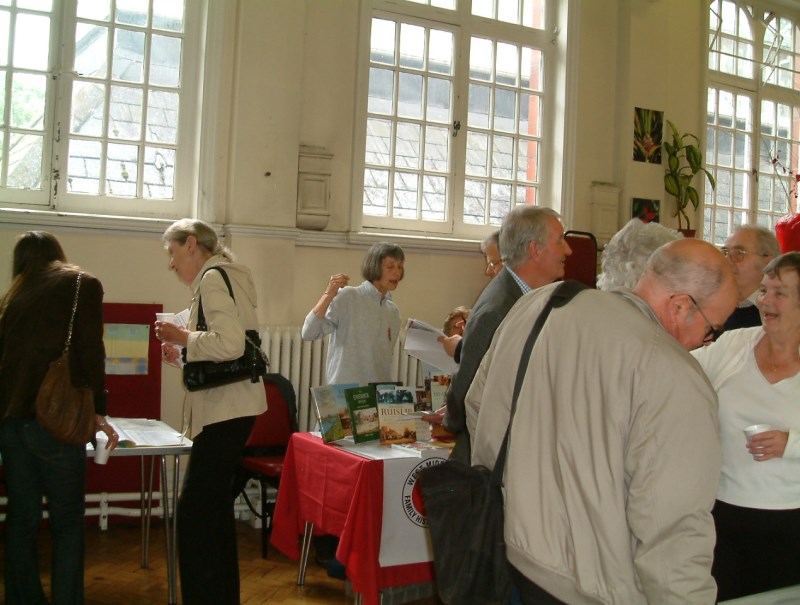 |
 |
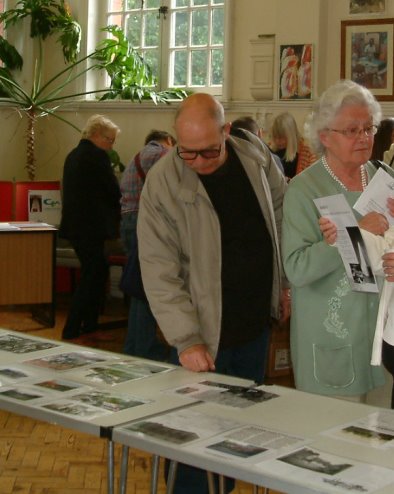 |
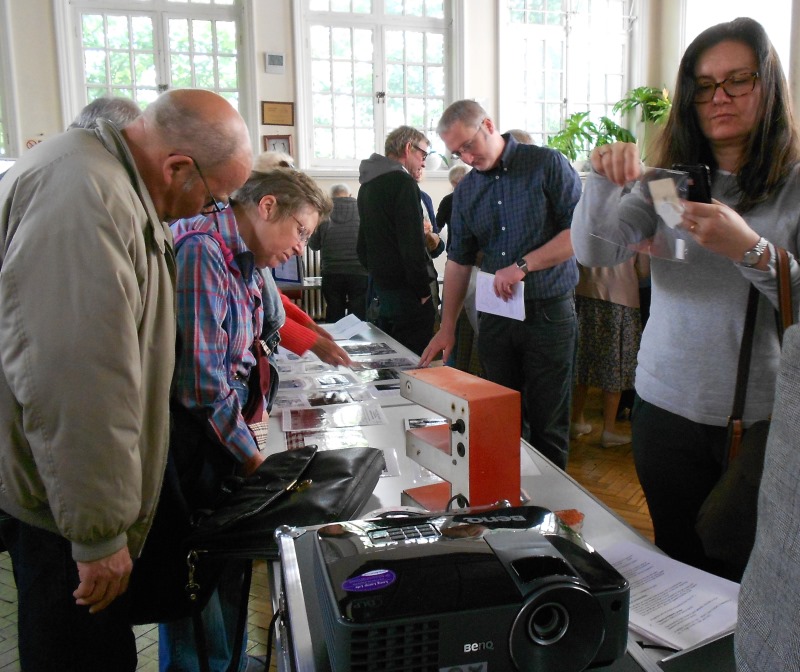 |
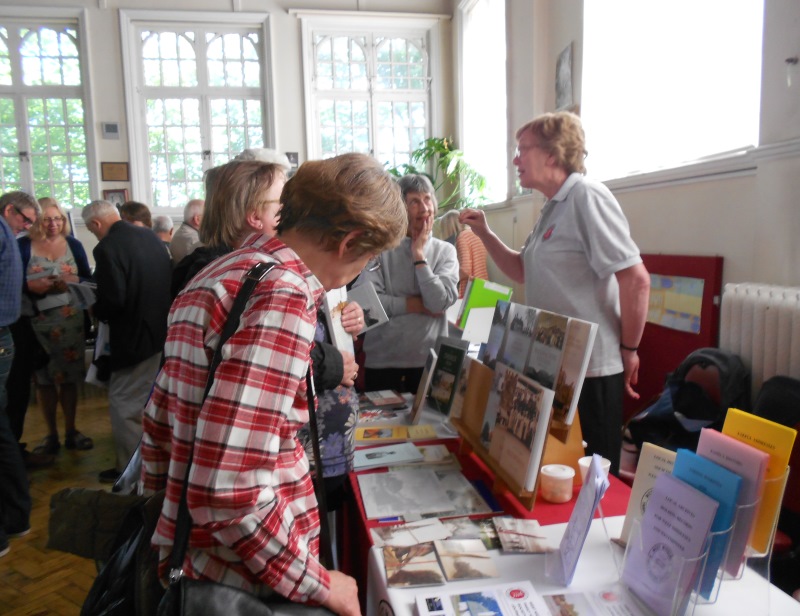 |
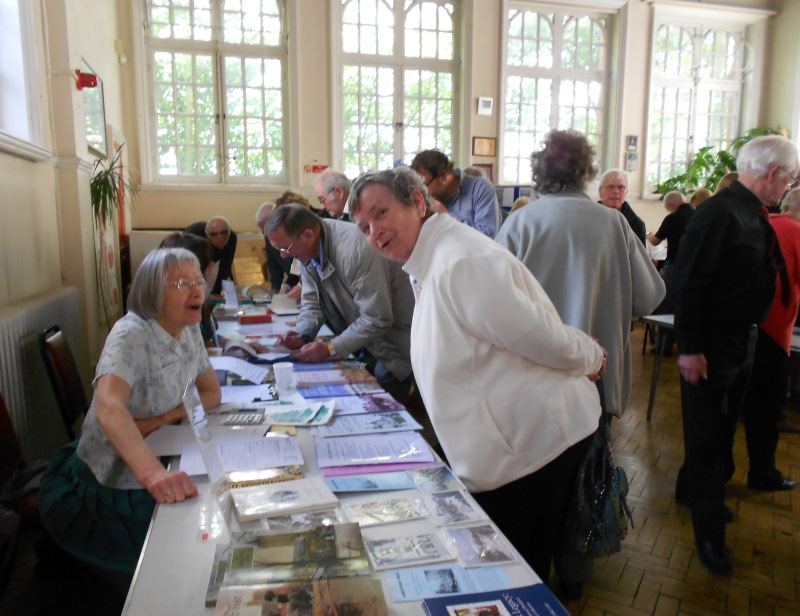 |
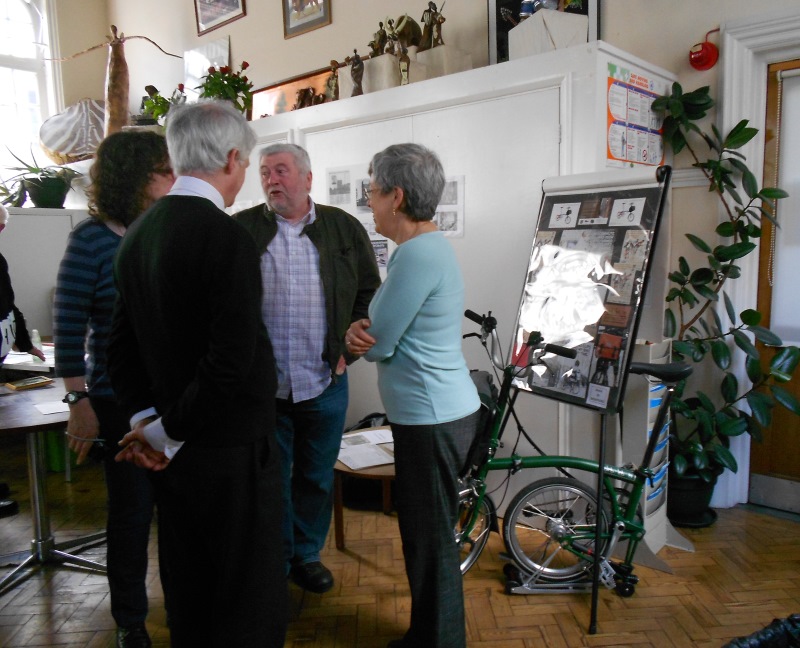 |
Links
1930's postcard image of the GWR and other pictures of the 1925 opening ceremony:
- King George V inspecting men from the Middlesex Regiment
- Royal couple speaking to local dignitaries and
- Royal couple walking along the road.
Peter Young's 1970s' photos of the Great West Road include further notes and some links.
Published June 2014; last updated April 2022